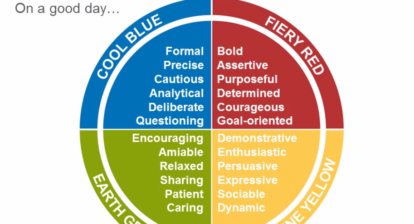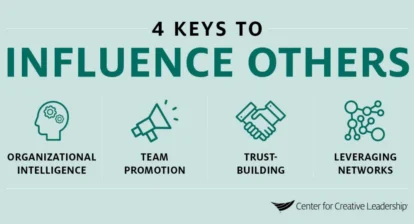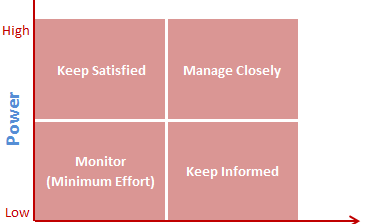At Debra Stevens Training & Coaching, we’re always delving into exciting avenues to boost one’s influence in the workplace. Today, we’re shining a light on the Situational Influence Model. Whether you’re an aspiring leader, a sales professional, or a decision-maker looking to navigate the tricky waters of team collaboration, this model offers invaluable insights. Let’s dive right in!
What is the Situational Influence Model?
Influence isn’t a one-size-fits-all game. Depending on the situation, the way you approach and exert influence can vary dramatically. The Situational Influence Model helps us understand and adapt our influence strategies depending on the context. At its core, it recognises the significance of tailoring one’s influence approach to the specifics of a situation.
Why is it Relevant?
- Diverse Workplace Situations: Not every scenario at work is the same. A technique that works with one team might not resonate with another. Or the strategy you use in a formal presentation might not be suitable for a casual team huddle.
- Varied Personalities: Just as situations differ, so do people. Understanding the dynamics of each situation can help you tailor your influence approach to resonate with different personalities.
- Evolution of Roles: As we progress in our careers and roles evolve, the way we influence changes. Adapting to these changes requires situational awareness.
Key Components of the Model:
- Assessment: Before diving in, take a moment to analyse the situation. Who are the key players? What are the underlying dynamics?
- Adaptation: Once you’ve got a read on the situation, adapt your influence techniques. This might mean altering your communication style, changing your approach, or even reconsidering your objectives.
- Action: Now that you’ve assessed and adapted, it’s time to act. With a clearer understanding of the situational context, your actions will be more targeted and effective.
- Feedback Loop: After you’ve acted, take a moment to reflect. How did it go? What can you learn? This reflection helps you refine your approach for the next situation.
In Practice:
Imagine you’re a sales professional. During a pitch to a new client, you sense some hesitancy. Instead of sticking rigidly to your script, you assess the situation, adapt by addressing their specific concerns head-on, then proceed with your pitch. After the meeting, you reflect on what went well and where you could improve. That’s the Situational Influence Model in action!
Wrapping Up:
Influence is a powerful tool in the workplace, especially when wielded with precision and awareness. The Situational Influence Model isn’t just a theory; it’s a practical guide that can enhance our communication skills, boost our personal influence, and give us the confidence to navigate any situation.
We encourage all our readers, especially aspiring leaders, team collaborators, sales professionals, and decision-makers, to incorporate this model into their toolkit. With its help, you can not only understand the dynamics at play but also master the art of effective persuasion.
Till next time, keep influencing and making a positive difference!





